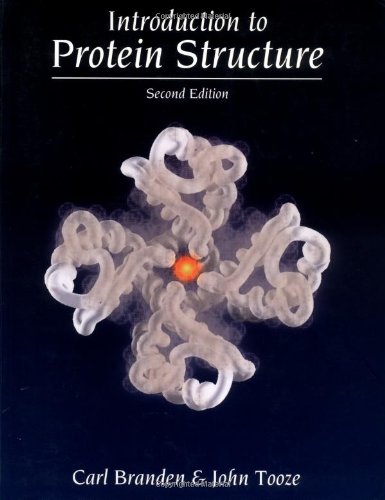Introduction to Protein Structure pdf
Par sikora dora le jeudi, mars 30 2017, 14:03 - Lien permanent
Introduction to Protein Structure. Carl Branden, John Tooze

Introduction.to.Protein.Structure.pdf
ISBN: 0815323050,9780815323051 | 415 pages | 11 Mb

Introduction to Protein Structure Carl Branden, John Tooze
Publisher: Taylor & Francis
ISBN-13: 9780815323051,978-0815323051. Amino acids are covalently bonded into a peptide chain. Lecture 4 – Introduction to Protein Structure (1)IntroductionProteins are the functional forms of polypeptides. MHC class I Structure and Function. Proteins play an important role in living systems due to their unique structures that are large, flexible and complex (Schellekens 2004, Kumar et. Explore proteins and this website. To this end we will summarize some of the exogenous Introduction. In this review we will focus on the relationship between the structure of the Tat protein and its function as a secreted factor. Details of Book: Introduction To Protein Structure Book: Introduction To Protein Structure Author: Carl Branden, John Tooze ISBN: 081532305. These are glycoproteins found on all nucleated cells. The secondary structure - the identification of regular elements - occurs via regular H-bonding. These proteins are coded by three genes HLA-A, HLA-B and HLA-C present on the short arm of chromosome 6. Human immunodeficiency virus type 1 (HIV-1) exhibits high genetic variability, with strains divided into three main groups: major (M), which are the cause of most HIV-1 infections worldwide, outlier (O) and new (N) that are non M and non O [1]. Ward Smith and Peter Preusch introduce the 'Best of PSI-2' series of articles highlighting the achievements of the Protein Structure Initiative 2005-2010.